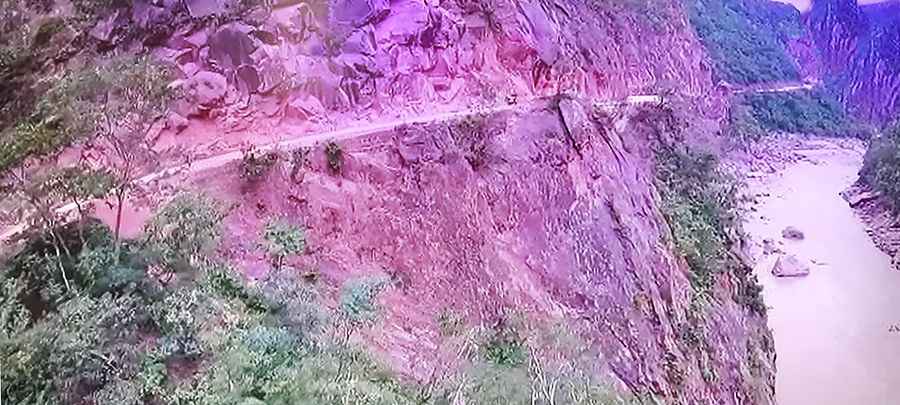El Angosto is one of the deadliest roads in the world
Located in the Tarija Department in Bolivia, near the Paraguayan border, El Angosto de Villamontes, also known as the Pilcomayo canyon, is one of the world's most dangerous roads.

What does Angosto mean?
"Angosto" translates to "narrow" in English, which describes this treacherous stretch accurately.
When was the road through El Angosto built?
Constructed during the Chaco War in the 1930s, the road was built to supply Bolivian troops. The construction began in 1929 and played a crucial role during the conflict.
How long is El Angosto?
This perilous road follows the Pilcomayo River and is part of Ruta 11. It’s 13.8 km (8.57 miles) long, running from Villamontes to Palos Blancos. The road is unpaved and runs close to a 450-meter drop, making it very challenging.
What should I expect on the road through El Angosto?
The road is extremely narrow, and in some sections, two vehicles cannot pass each other. There are no guardrails, making it very dangerous. If two vehicles meet, one might have to reverse for several kilometers to find a wider spot.
How lethal is the road through El Angosto?
Numerous crosses along the road mark where people have lost their lives. It's essential to drive with extreme caution, slowly and steadily. The road has seen hundreds of fatalities and significant material losses over the years.
Is the road through El Angosto challenging?
Located in the southeastern part of the country, the road is not for those afraid of heights or prone to vertigo. Fog often covers the area, reducing visibility.
How busy is the road through El Angosto?
Despite its risks, the road is heavily trafficked by buses and trucks. The area is also known for its oil exploitations.
Road suggested by: Hugh Wilson